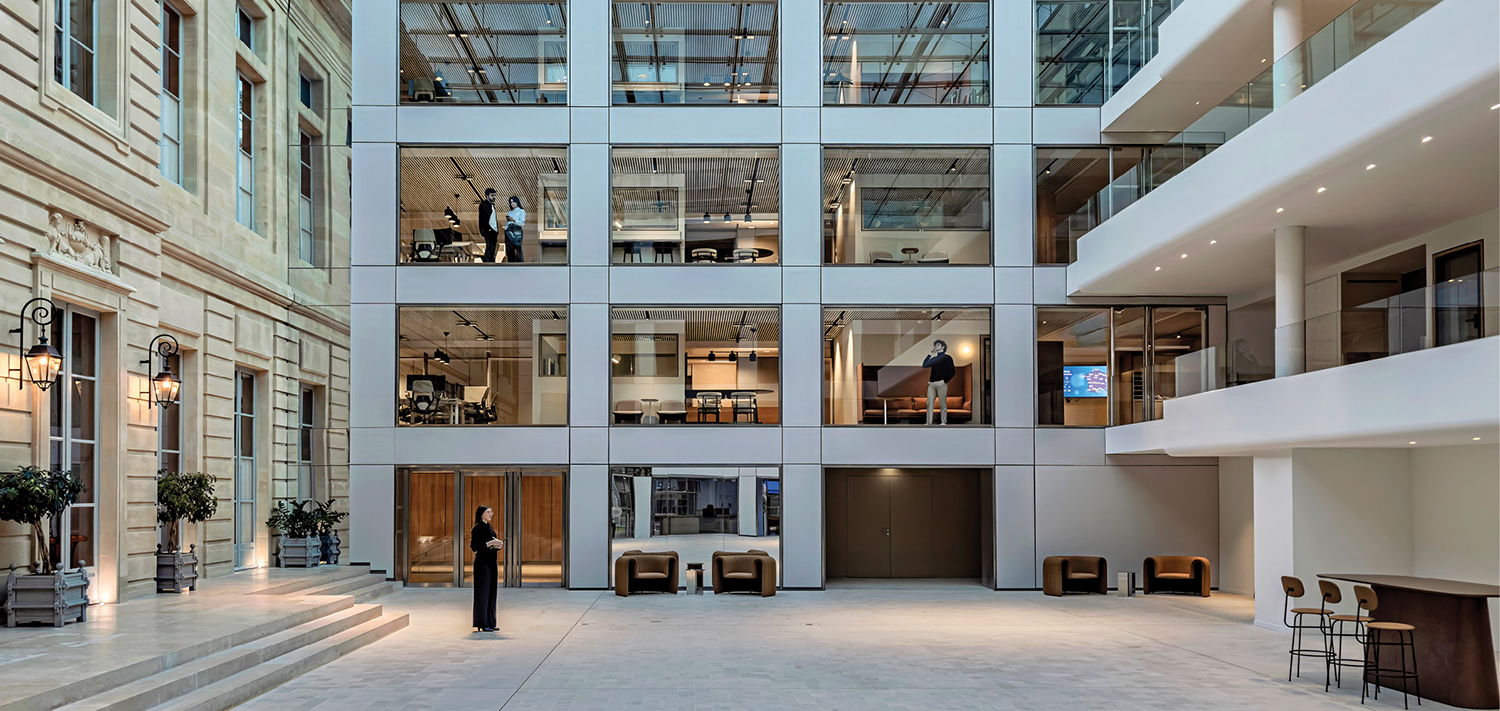After the Gold Rush: Santa Cruz’ Tannery Arts Center by Mark Cavagnero Associates
A university town with a hippie vibe, Santa Cruz, California, has long been artist-friendly. But it has also faced a need for affordable live-work accommodations for creatives who have been displaced by luxury residences and increased student enrollment. To reinvigorate the arts scene, the city’s economic development agency embarked on a heroic adaptive-reuse endeavor, purchasing an 1861 tannery complex, partnering with the arts-focused real-estate developer Artspace, and bringing in Mark Cavagnero Associates, an architecture firm that’s built a portfolio weighty with projects in the arts sector. Here, Mark Cavagnero was charged with converting two of the five buildings on the 8-acre riverfront site into the Tannery Arts Center.
Known first as the A.K. Salz Company and later as Salz Leathers, the tannery was operational until 2001, and it naturally saw decades’ worth of architectural modifications and accretions. Some were viable buildings; others were mere shacks and storage sheds. “We got the job because we advocated an aggressive surgical approach,” Cavagnero begins. Preserve what’s needed, sure. But he says he had no qualms about “tearing away some of the more dicey additions to get back to the original material.” Luckily he had plenty of documentation—including, amazingly, a series of black-and-white photographs by Ansel Adams, who was fast friends with the tannery’s owner. Adams shot the buildings and the leather-making process in 1955. “He was a local,” Cavagnero recounts. Delving deeper, he found additional resources: old property-tax plans and some photos from 1908.
He faced a formidable task even so, given that the two buildings, encompassing 28,000 square feet, were derelict. Working from the outside in, he rebuilt facades, the majority of them unsalvageable, with almost precisely the same board-and-batten and clapboard siding and barn-red paint. Replacement doors and windows, with aluminum frames, generally adhere to existing placements. Where he introduced new sliding doors, he framed them in steel. Also new is an external steel staircase linking the upper level of one of the buildings to the ground.
A refurbished staircase descends to a concrete-paved central courtyard created by demolishing a handful of ancillary structures. “We made the courtyard the organizing element,” he explains. The café is at a corner of the courtyard. One of its sides is formed by the largest space, a 3,250-square-foot gallery for exhibitions. Behind that, a narrow walkway gained a roof of transparent acrylic. Essentially a 90-foot-long skylight, it allows additional sun to shine into a row of studios. Which brings us to the interior aspects of Cavagnero’s commission. With little more than unpainted plywood, he mapped out 28 studios total. The smallest are 200 square feet. A 1,600-square-footer is dedicated to dance.
Speaking of movement, seismic efforts were epic. Cavagnero budgeted a good deal of his resources to addressing long-term vulnerabilities. The plywood, at nearly an inch thick, is seismically stable, and an elaborate system of steel braces provides further reinforcement. As protective concrete encasements were already installed around the bases of original wooden columns, he simply added paint in warning-sign yellow for a vintage look.
As for the art produced here, anything goes. Sure, there are painters and sculptors working in the traditional mediums of oil, acrylic, clay, and bronze. There are also ceramists and digital artists. All sign leases for one to five years with monthly rents from just under $300 to just over $1,000. As a way to help the artists engage the Santa Cruz community, the courtyard exhibition gallery was inaugurated by a group show when the center opened. Dance lovers are the next target. The Santa Cruz Ballet Theatre plans to raise the curtain on a 200-seat venue at the Tannery Arts Center in 2014.
Photography by Art Gray.


